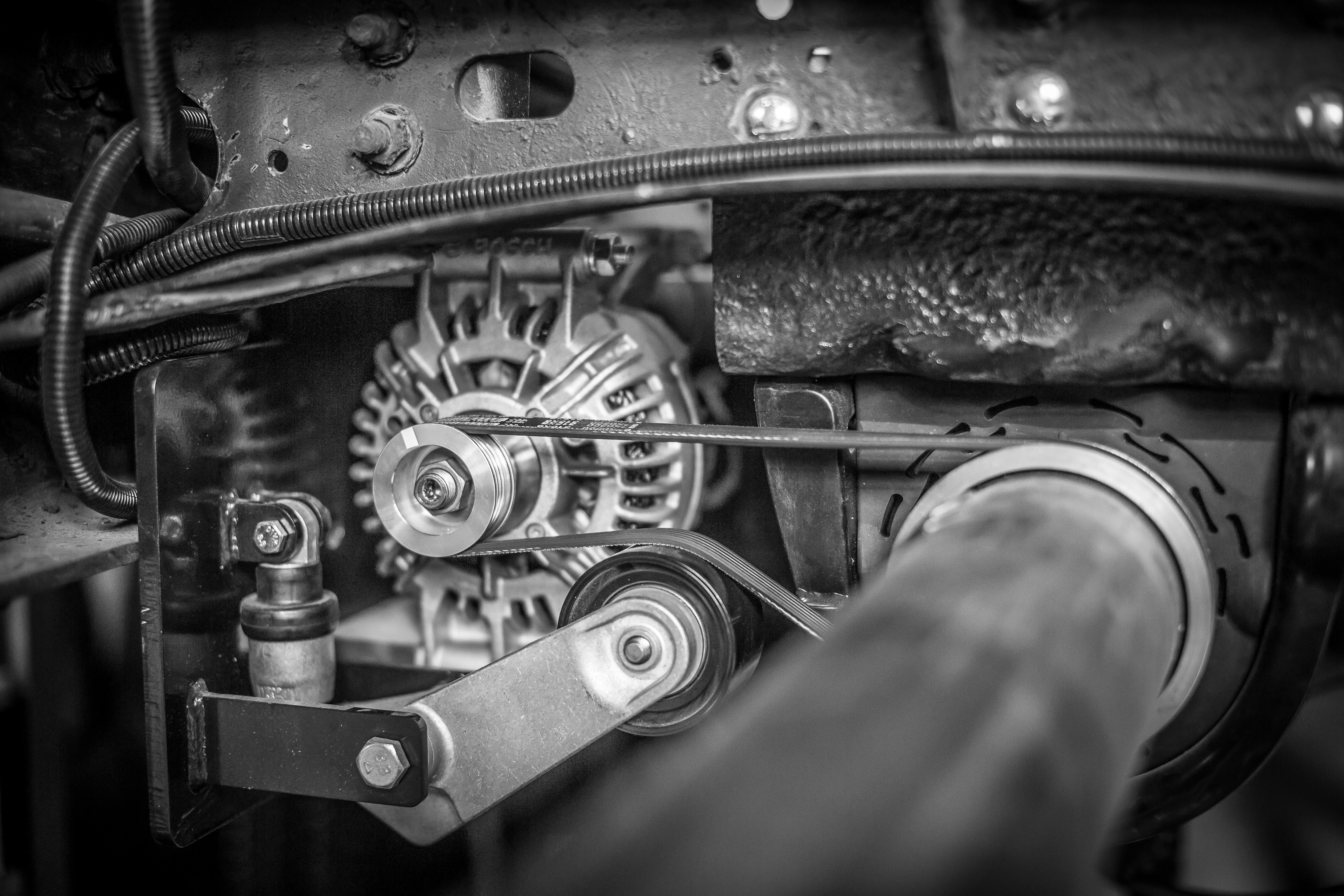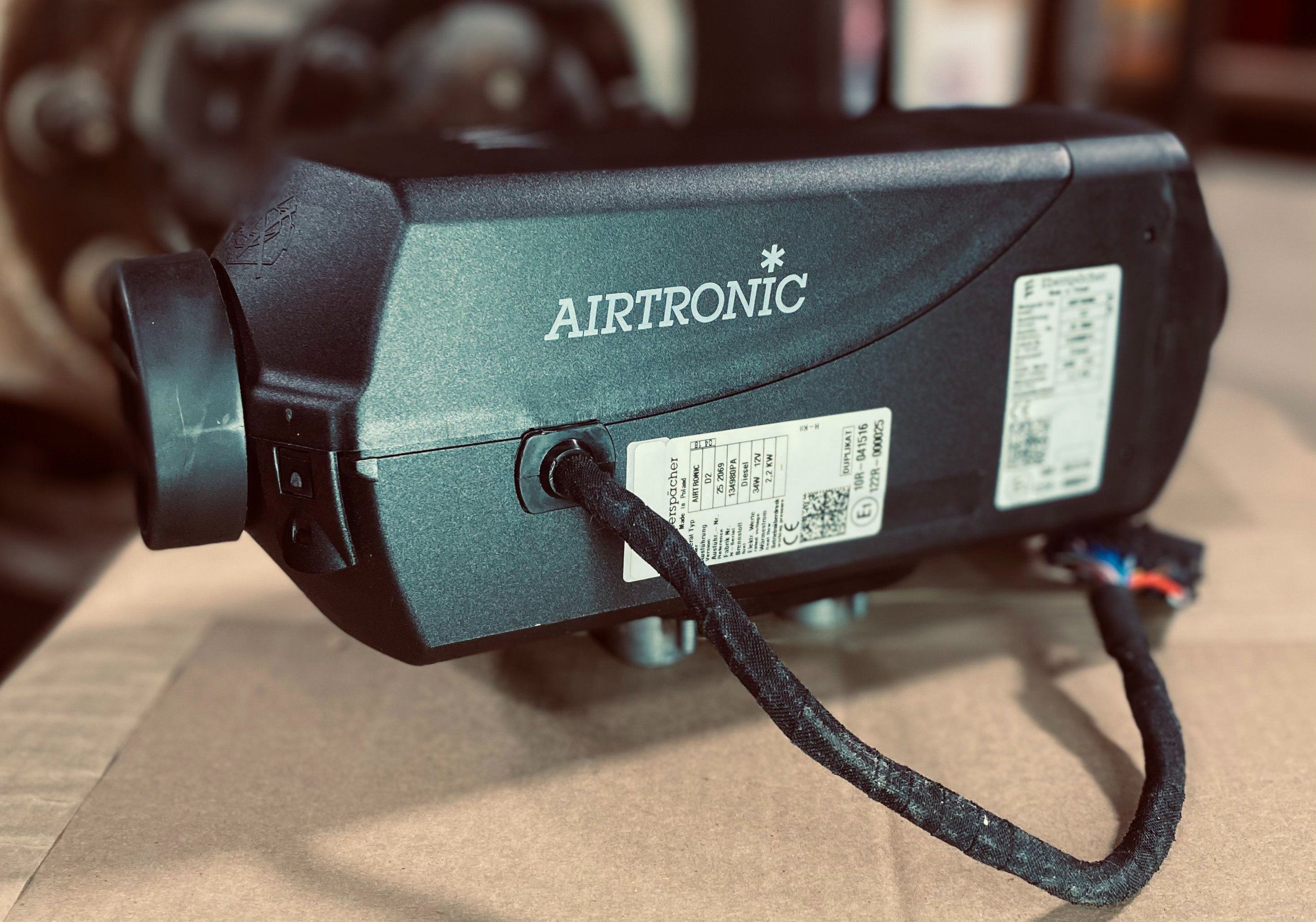Part 1: Driver Pro Tips to Optimize the Performance of Your Electric APU
by Andrew Amigo | Aug 04, 2020 | RelGen, Electric APU, Anti-Idle | 0 Comments
This is the first in a two-part series on how to maximize the performance of your electrified AC in your sleeper bunk. Part 1 is focused on tips for drivers, Part 2 will focus on tips for fleet managers configuring an electric APU.
The dog days of summer are here and, if you are a polar bear like me, you like your AC arctic cold. While I maybe more road rookie than road warrior, I still like my AC cold, so I recently asked my friends at Bergstrom for some tips to get the most out of my Bergstrom NITE SSI.
Our Bergstrom NITE SSI electrified AC is installed in our Freightliner Cascadia with the 72” condo sleeper. This is a great system you can buy in the aftermarket and it is offered from almost every OEM as a factory option. Even the big diesel APU makers are all now offering electrified AC versions. While we run Bergstrom NITE, our advice here applies to all electrified air conditioning units for sleeper cabs, including ThermoKing's ENVIDIA, Carrier’s electric ComfortPro, and many others.
Performance of your electrified AC is affected by how the you use the AC so here are some tips to help get the most out of your unit.
6 Tips for Drivers to Improve Electric APU Performance
- Pre-cool the Cab
Electric AC units are typically built with 7,500 BTU of cooling capacity which is enough to maintain a cool temperature in the sleeper cab. However, it is not enough energy to cool a 100-degree cab to 60 degrees easily. For this reason, all manufacturers for every electric AC unit will recommend pre-cooling the cab.
The most effective way to pre-cool is to turn on the factory AC in the bunk area using the factory bunk control panel. But if you really like it cold, you should also close the curtains to isolate the bunk area during pre-cooling which will get you maximum effectiveness in cooling down the bed. I would recommend closing curtains after stopping for your last HOS break as you still have a couple hours of driving ahead.
If the cab is pre-cooled in 73 +/– 5°F using the factory bunk AC first, your electric APU will not have to work as hard and will be more likely to get you through the whole night comfortably. In other words, the cooler the cab is when you start using the unit the longer the run time will be.
- Keep the Curtains Closed
Once you have pre-cooled the cab with the curtains closed, it is important to keep the curtains closed after entering to keep your cold air in the bunk area throughout the rest period. By keeping your curtains closed you reduce the volume of air to be cooled by about 50%. This reduces the amount of work required by your electric APU needed to keep your bunk area cool and increases its runtime. - Use Heat Shields/Sun Reflectors
Of course if you have a darker colored truck, the cab will absorb more heat than a lighter cab. In any case, it is important to reflect some of the solar load back out of the cab to optimize cooling conditions. A lot of heat enters through the windshield and is often responsible for heat transfer from outside the cab. Using a heat shield or sun reflector in your windshield can reduce the temperature inside the cab by up to 30-40 degrees and is highly recommended. These make a big difference especially if your rest period happens to be during the day. - Close Any Unnecessary Vents
Be aware of the vents where the AC is blowing out of. Many drivers have a double bunk condo sleeper but only use the top bunk for storage. But if you leave the top bunk’s vent open you are blowing cold air to an unnecessary space which impacts the overall cooling capacity. So if you are using the top bunk for storage, close the top vents so the cold air will settle low in the cab and the hotter air can move to the top. - Use Recommended AC Settings
By following all of these simple tips drivers can increase the runtime of their electric APUs by hours and reduce the need to idle to recharge the auxiliary batteries. It is also important to be aware that your electric APU’s control panel settings can greatly affect your runtime. Settings of interest are temperature and fan speed. Assuming drivers have followed tips 1-5, setting the temperature to 72°F and fan speed to low or medium, you can expect a runtime of 8-10 hours *if* your batteries have an effective charging source and are able to receive a full charge. Setting your fan speed to high can reduce your runtime by 2-3 hours! - Park Away from the Sun, if Possible
If you have the option to park with the sun to your back, take it. Avoiding direct sunlight from hitting your cab is ideal. Drivers may not often have a choice in which direction to face when parking but, if the opportunity presents itself, it is always better to take it whether you use a sun reflector or not, because glass amplifies the heat. Even with a sun shield parking away from the sun will lower the heat transfer into the cab.
Final Thoughts
Blackburn Energy may be able to improve your electric APU performance with our hybrid charging system.
RelGen is generally recognized as the fastest charge on the market and nothing beats a full charge for a hot night. Safe travels and may all your summer nights be as cool (or polar bear cold) as you want them to be.
Continue Reading >> Part 2: Configuration Tips for Fleet Managers to Improve Electric APU Performance >>
Check out our top post Invest in Electric APUs and Solve Their Charging Problems with RelGen.
Most Popular
Categories
- RelGen (18)
- Anti-Idle (14)
- Charging Solutions (13)
- Battery Recharge (11)
- Electric APU (10)
- Liftgates (10)
- Preventative Maintenance (7)
- Voltage Loss (6)
- DC/DC converters (4)
- Driver Retention (4)
- Uptime (4)
- fuel savings (3)
- 48V (2)
- Blackburn Team (2)
- Solar Panels (2)
- Consulting (1)
- DOT compliance (1)
- Espar Airtronic D2 Diesel Fired Air Heater (1)
- Financing (1)
- Hardware as a Service (1)
- Power Wall (1)
- alternators (1)
- data (1)
Archives
- October 2020 (4)
- November 2020 (4)
- May 2020 (3)
- September 2020 (3)
- March 2021 (3)
- April 2021 (3)
- July 2020 (2)
- August 2020 (2)
- January 2021 (2)
- June 2020 (1)
- July 2021 (1)
- August 2021 (1)
- October 2021 (1)
- January 2022 (1)
- February 2022 (1)
- March 2022 (1)
- June 2022 (1)
- October 2022 (1)
- January 2024 (1)
- March 2024 (1)
- May 2024 (1)
- September 2024 (1)












